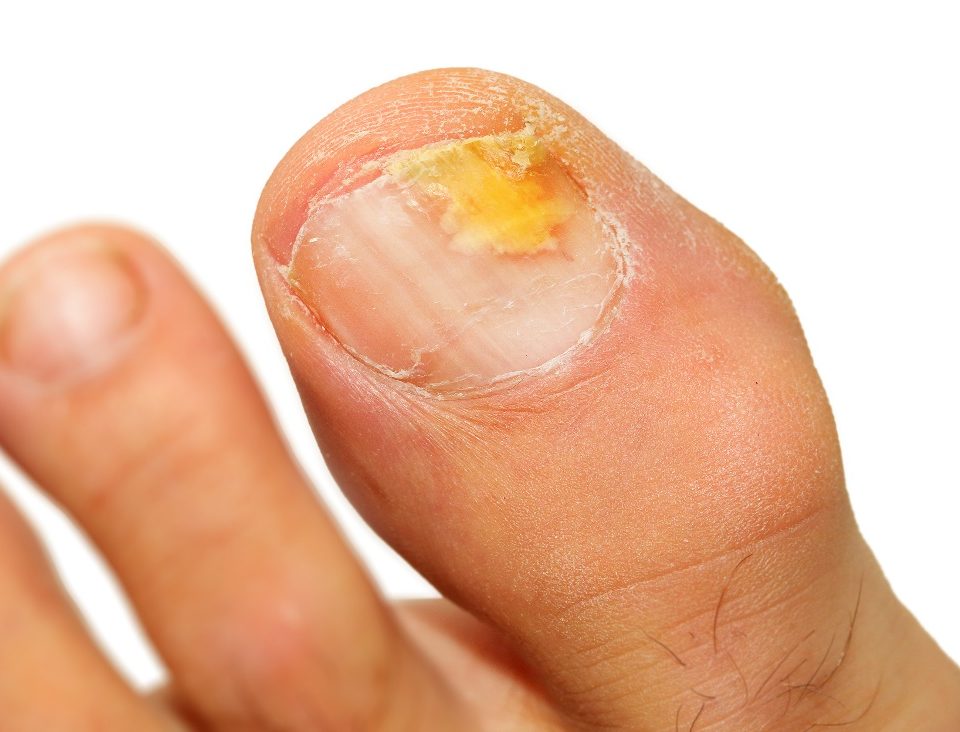How Did My Toenails Become Crusty? What’s The Best Treatment For Them?

Texas Top Podiatrist Sherman Nagler on Plantar Fasciitis
June 18, 2021
Top 4 Things You Need to do Before Achilles Tendon Repair in Houston
June 25, 2021One evening, you may have walked out of the shower to notice that one or both of your toenails have taken on a funky appearance that certainly does not look normal or healthy. You maybe very eager to find out what this is as well as if your nails can be restored or returned to normal.
Fortunately, the best podiatrist in Houston offers specialized treatments for toenail problems and foot and ankle injuries. In the meantime, here is everything you need to know about this condition in particular.
What Happened To My Toenails?
When your toenail turns a yellow color or tint, it’s usually a common condition known as toenail fungus. Toenail fungus, alternatively known as tinea unguium or onychomycosis, is the excessive growth of fungus, along with other bacteria, found over and under the toenail. It can turn the nail yellow or even brown, and the nail usually gains an unpleasant odor as well as thicker and harder to trim as a result. In some cases, the nail can unnaturally bend or change in shape, while also loosening or separating from the nail bed. Despite all that goes on in the person’s nails, however, pain is very uncommon.
This fungus is the same kind that can also cause athlete’s foot ringworm and jock itch. Fungus can also be transferred to a person’s feet at a home or salon if the tools used for nails are not properly cleaned.
How Does The Fungus Appear?
Like mold, fungus thrives in areas that are warm and moist, and one of these places on the body happens to be inside the toenail. This fungus can certainly develop if you are often active and/or participate in sports, where you often wear shoes and/or socks and perspire, causing your feet to often create moisture as a result.
Due to how active men typically are compared to women, they typically have a better chance to develop toenail fungus over women. However, both women and men are equally as likely to develop the fungus when they become seniors, as their immune systems start to fade or fail. Individuals are also at greater risk of toenail fungus if they are regular smokers.
There are about 1 in every 10 adults in the United States that unfortunately develop toenail fungus. Fingernail fungus also exists, but due to hands not often involving warm moist environments as often as feet, it is much more rare in comparison.
What Is The Best Course Of Action For Toenail Fungus?
While there are many inexpensive over the counter products you can find at the local drug store, they likely are not all that effective, or if they are, the fungus might come back within the year. Some of them might even interfere with other medications you might be taking that might give you some unnecessary side effects as a result.
Instead, you can opt for laser therapy to help heal your infected toenails. Laser therapy allows an FDA-approved procedure to take care of the fungus around the toenail in one sitting. The therapy does not disrupt the nail itself, so patients are not expected to feel any pain or take anesthetics during or after the treatment, so long as the practice is using a non-thermal laser.
One thing to take into account, however, is that the nail isn’t restored right away, but it is crucial so that the fungus can no longer harm the nail. It can take months for a new nail to grow in while you maintain and remove the old one little by little.



